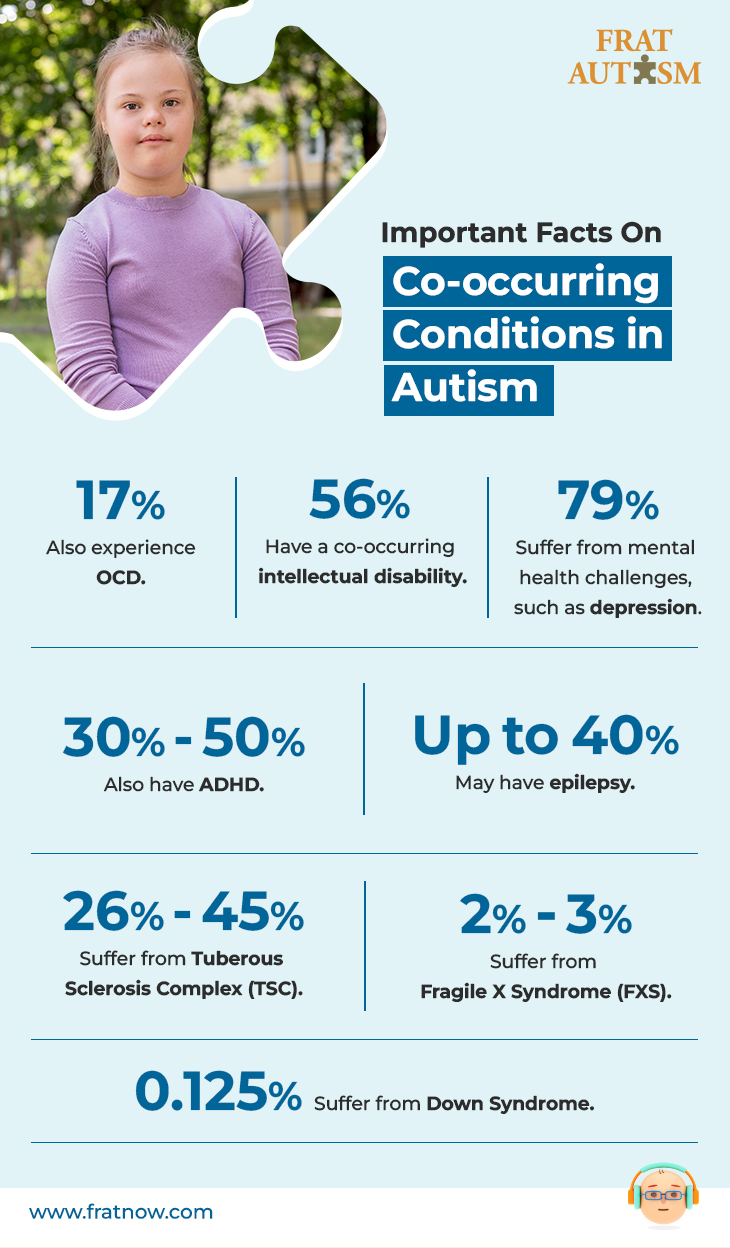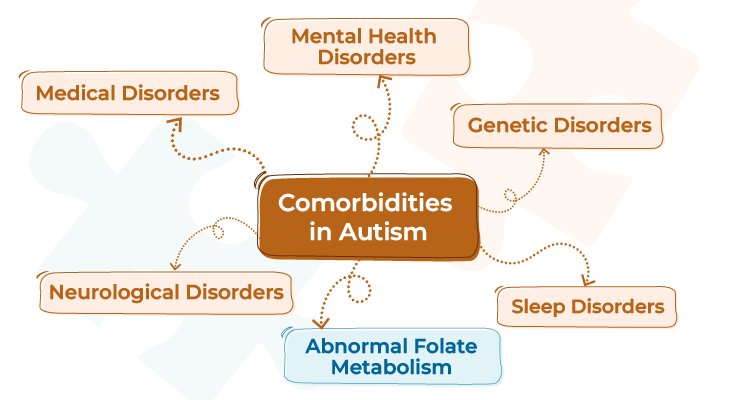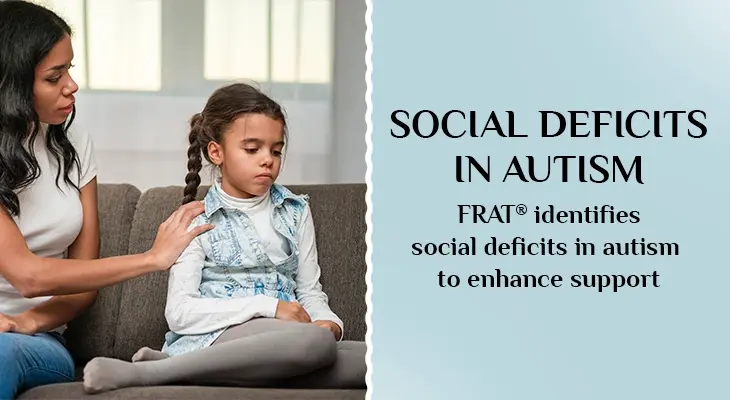Introduction
While autism spectrum disorder (ASD) is a well-known condition, there are many fascinating facts about autism that may surprise you. In this blog, we’ll delve into some of the lesser-known aspects of autism, shedding light on the diverse experiences of individuals on the spectrum.
Table of Contents
- Introduction
- Facts On Prevalence Of Autism
- Diagnosis, Early Identification, Treatment and Support
- Facts On Safety Of Autistic Children
- Facts On Bullying Of Autistic Children
- Facts On Co-occurring Conditions in Autism
- Facts On Navigating Social and Emotional Challenges
- Facts On Life After High School and Employment
- Conclusion
- References
Prevalence Of Autism: Interesting Facts To Know
Let’s start by exploring some surprising facts about the prevalence of autism spectrum disorder.
- Autism spectrum disorder affects all nationalities, creeds, religions, races, and both sexes.
- Autism spectrum disorder is one of the fastest-growing developmental disorders in the United States.
- Autism spectrum disorder affects 1 in 36 children. This signifies a 22% increase in prevalence rates reported by CDC since 2021 and 317% increase since 2000. [1]
- It is currently estimated that 1% of all children have ASDs, which makes autism more common than childhood cancer, juvenile diabetes, and pediatric AIDS combined. [3]
- Parents do not and cannot cause autism spectrum disorder.

Download Download & share this infograph card in your network [Free Download]
Diagnosis and Early Identification of Autism, Treatment and Support
Next, let’s delve into some fascinating facts about the diagnosis, treatment, and support for individuals with autism.
- Autism spectrum disorder is a developmental disability that often presents with challenges before the age of 3 and lasts throughout a person’s lifetime.
- Autism spectrum disorder is not a disorder that gets worse with age.
- The prevalence of ASDs is strongly male-biased, affecting 4 times as many males as females, on average. Sex differences in behavior, or the presentation of autistic symptoms and co-morbid intellectual disability contributes to the male bias in diagnoses. [2]
- Girls are often underdiagnosed with autism and misdiagnosed with other conditions.
- Gender differences in symptoms have been found within the areas of social understanding, social communication, and social imagination. For an in-depth exploration of this topic, read our blog Understanding Autism in Girls vs Boys.
- Early identification, treatment, and support matter! Many important outcomes for children’s lives are significantly improved with early diagnosis and treatment.
- Supporting an individual with autism spectrum disorder costs a family $60,000 a year on average. The cost of lifelong care can be reduced by 2/3 with early diagnosis and intervention. According to a recent study, the lifetime costs of autism average $1.4 million to $2.4 million. [5]
- There is currently no medical detection blood test or cure for autism spectrum disorder.
The FRAT® Test: A Potential Tool For Early Identification
Early identification of autism is crucial for optimal outcomes. In some cases, social deficits in children with autism may be linked to folate deficiency.
The Folate Receptor Autoantibody Test (FRAT®) can be a valuable tool in identifying potential folate transport issues that could be contributing to and other developmental concerns in children with autism. Read our blog What is FRAT® and the role FRAT® plays in Autism to discover more about this tool and its importance in the early identification of autism.
Here’s why the FRAT® test is relevant:
- Folate deficiency and Autism: Research suggests a potential link between folate deficiency and certain developmental issues in children with autism.
- Folate and the nervous system: Folate is a vital vitamin for proper nervous system function and development.
- FRAT® and Folate Transport: The FRAT® test specifically detects autoantibodies that may interfere with folate transport into the brain.
Early detection and intervention are key. If the FRAT® test identifies potential folate transport issues, a healthcare professional can recommend appropriate treatment plans, such as alternate folate supplementation, to address the underlying cause and potentially improve developmental outcomes.
For more on how folate plays a crucial role in early intervention, read our blog The Role of Folate in Brain Development: Why It Matters and How it Could Impact Autism.
Interesting Facts On Safety Of Autistic Children
Ensuring the safety of autistic individuals is paramount. Let’s explore some important facts related to their safety and well-being.
- Children with autism are 160 times as likely to die from drowning as the general pediatric population.[4]
- Roughly half, or 49%, of children with autism attempt to elope from a safe environment, a rate nearly four times higher than their unaffected siblings. [4]
- Autistic youth and adults appear to have higher rates of suicidal thoughts, plans, or behaviors than other people do. As a group, their suicide risk may be two to seven times higher than the risk for youth and adults who do not have autism. [4]

Download Download & share this infograph card in your network [Free Download]
Bullying Of Autistic Children: Important Facts to Know
Bullying can be a significant challenge for autistic children. Let’s explore the prevalence and impact of bullying on individuals with autism.
- 65% of parents reported that their children with Asperger’s syndrome had been victimized by peers in some way within the past year
- 47% reported that their children had been hit by peers
- 50% reported them to be scared by their peers
- 9% were attacked by a gang and hurt in the private parts
- 12% indicated their child had never been invited to a birthday party
- 6% were almost always picked last for teams
- 3% ate alone at lunch every day

Download Download & share this infograph card in your network [Free Download]
Important Facts On Co-occurring Conditions in Autism
Individuals with autism often experience co-occurring conditions. Let’s delve into some of the most common ones and their impact on individuals with autism.
- Around 17% of individuals with autism also experience OCD. Furthermore, studies suggest that those diagnosed with autism have a two-fold higher risk of developing OCD later in life.
- Approximately 56% of individuals on the spectrum have a co-occurring intellectual disability.
- Estimates suggest 30% to 50% of people with autism also have ADHD.
- 79% of autistic adults also grapple with mental health challenges, such as depression.
- Fragile X Syndrome (FXS) stands out as the most common single-gene cause of Autism Spectrum Disorder (ASD). It’s estimated to affect 2-3% of all diagnosed ASD cases.
- Interestingly, the relationship goes both ways, with 25-33% of individuals with FXS also exhibiting symptoms of ASD.
- Down syndrome (DS) is a relatively uncommon genetic disorder, affecting approximately 1 in 800 births.
- Tuberous Sclerosis Complex (TSC) is another genetic disorder with a significant link to Autism Spectrum Disorder (ASD). The prevalence of ASD in individuals with TSC varies between 26% and 45%.
- Up to 40% of children with ASD may have epilepsy, and conversely, 8% of epileptic children have ASD.
- Headaches and migraines are frequent occurrences in individuals with autism. People with autism are 2.2 times more likely to have severe headaches.
- Children with autism are 1.6 times more likely to have eczema or skin allergies
- Children with autism are 1.8 times more likely to have asthma
- Children with autism are 1.8 times more likely to have food allergies
- Children with autism are 2.1 times more likely to have frequent ear infections
- Children with autism are 3.5 times more likely to have diarrhea or colitis
- Children with autism are 7 times more likely to report gastrointestinal (GI) problems and occur in 46% to 84% of them.
- Sleep disorders are a significant problem in individuals with autism, occurring in about 80% of them. Sleep disturbances can manifest as difficulty falling asleep, staying asleep, night time waking and sleepwalking.

Download Download & share this infograph card in your network [Free Download]
Navigating Social and Emotional Challenges: Facts About Autism
Individuals with autism often face unique social and emotional challenges. Let’s explore some of these challenges and strategies to support these individuals.
- Children and adults with autism spectrum disorder often care deeply but struggle to spontaneously develop empathic and socially connected typical behavior.
- Individuals with autism spectrum disorder may be very creative and find a passion and talent for music, theater, art, dance, and singing quite easily.
- Young adults with ASD are at least three times more likely to be socially isolated than others. [5]
- Less than one-quarter of young adults with ASD ever live independently. [5]
- Self-Advocacy is an important skill that is especially important for autistic individuals. In order to be a great self-advocate, people first must know what their strengths are as well as what accommodations serve them the best. With that knowledge, they can be their own best advocate with family, school, or community.
Life After High School and Employment
The transition to adulthood can be particularly challenging for individuals with autism. Let’s explore the unique challenges and opportunities they face.
- Around 50,000 people with autism spectrum disorder (ASD) graduate high school in the United States each year, and many face a sudden drop-off in support after graduation. This is known as “the services cliff”.
- 35% of adults with autism spectrum disorder have not had a job or received postgraduate education after leaving high school.
- Many people with autism spectrum disorder are successfully living and working and contributing to the well-being of others in their local communities. This is most likely to happen when appropriate services are delivered during the child’s educational years.
Conclusion
We have explored many facts about autism and the risks that individuals on the autism spectrum face. While challenges exist, it’s important to recognize the incredible potential and unique strengths of people with autism.
Through increased awareness, early intervention, and supportive environments, we can empower individuals with autism to reach their full potential. By fostering understanding, empathy, and acceptance, we can create a more inclusive world where everyone can thrive.
Let’s continue to advocate for the rights and well-being of individuals with autism, and work towards a future where they are valued, respected, and celebrated.
References
- Religen Inc.
- National Library of Medicine, Sex differences in autism spectrum disorders
- Science Direct, Autism Spectrum Disorder
- National Autism Association, Autism and Safety Data
- Mass General Brigham, Mass General for Children | 30 Facts to Know about Autism Spectrum Disorder
- The Transmitter | Twenty Something Free Fall








